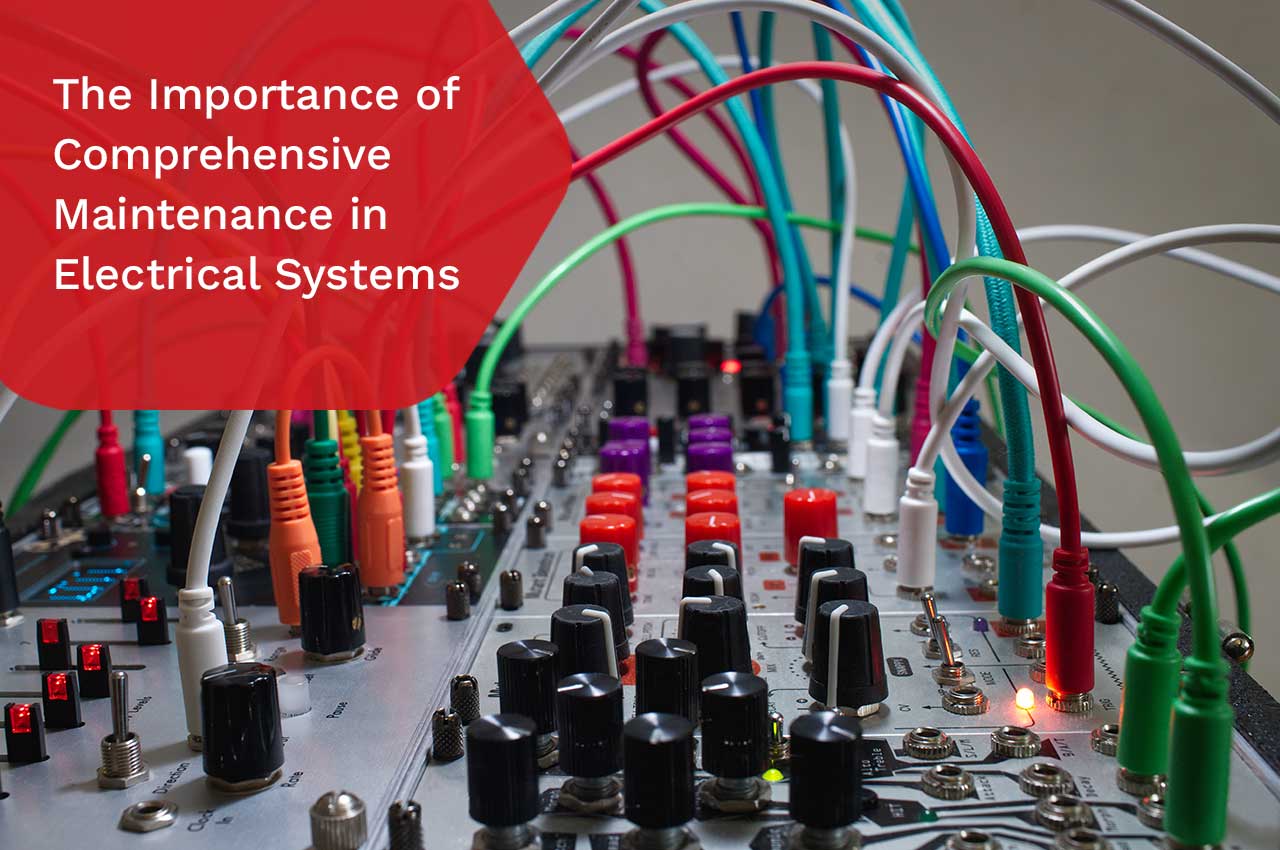 Applications
Applications
Our organisation categorises electrical components based on specific purposes and voltage criteria, simplifying their selection for diverse applications.
Aug 23, 2025

In an age where power systems provide the backbone of industries, it is essential to ensure the safe, stable and efficient operation of these power systems. The electrical infrastructure is at the heart of operations for manufacturing units, data centres, transportation systems, and power generation plants. A failure in any of these power systems can lead to downtime, economic loss, or, in the worst-case scenario, life-threatening events. Here comes the crucial role of numerical protection relays, the advanced, smart, cutting-edge technology.
Let’s discuss what numerical protection relays are and how these electrical protection relays have proven themselves to be one of the most essential things to keep the production on the clock in diverse industries.
Numerical Protection Relays are microprocessor-based protection devices that detect faults and protect electrical systems by automatically isolating faulted locations. Numerical protection relays are digital devices that provide great improvements over traditional electromechanical or static relays such as self-diagnosis, multi-functional capabilities, remote communication capabilities and incredibly fast measurements to determine faults.
Numerical protection relays measure electrical quantities including current, voltage, frequency, displacement voltage and phase angle using digital signal processing (DSP) algorithms allowing for great precision and reliable measurements
In simple terms, these electrical protection relays are like the nervous system of the electrical grid, collecting information, analysing inputs, making decisions and executing actions for the grid to maintain continuous power flow with efficiency and safety.
Both the traditional relay and the modern numerical one, the core purpose remains the same. They can quickly detect electrical issues like
In all the situations mentioned above, electrical protection relays are used to
Though the purposes of both the traditional and the modern protection relays are the same. There is a slight difference between the two. What makes numerical protection relays different is that they do all of the above significantly faster, more flexibly, and more intelligently, playing a key role in modern electrical protection relay systems.
Numerical Protection Relays protect, control, and monitor power systems with accuracy and reliability. Their fast response to faults, continuous communication, and support of smart grids make them vital for the protection of critical infrastructure. In different industries, these protection relays work differently and accurately, thus shaping the ways for high-efficiency production lines for global demands.
For example, in an automotive plant or steel plant, a power fault calls for a complete shutdown of operations. Numerical relays provide accurate fault data and quick isolation and enable an organisation to recover quickly, saving tonnes of downtime.
Numerical relays also allow for the introduction of renewable sources of energy in various ways. With renewables becoming more intermittently input-based (solar and wind), we can safely bring these sources onto the grid with adaptive or programmable protection. This is where the numerical protection relays excel.
Data centres need continuous power supply for operations. A simple spike or drop in power can corrupt data, crash a system, or take services offline. Numerical Protection Relays maintain a stable supply of electrical power by monitoring voltage levels, harmonics and switching operations between power supplies or backup systems during faults.vw
Hospitals need a clean supply of stable electricity to power critical medical equipment. Losing power in a hospital can kill a patient. These relays protect the infrastructure with safe transition to backup systems, augmenting surge protection, and maintaining strong power quality.
Numerical relays are developed to meet high-risk situations in emergency rooms, operation theatres, and diagnostic labs.
Railways, airports, and metros involve large, complex electrical networks. Numerical relays help in detecting line faults, regulating switching of traction power, and coordinating substation protection.
As industries continue to modernise, these modern electrical protection relays will also advance with AI-driven predictive diagnostics, cloud-based monitoring, and enhanced cyber security.
Additionally, those protection functions will interface more easily with IoT systems and new smart grid technologies that will be faster, smarter, and more robust.
Numerical Protection Relays are microprocessor-based protection devices that detect faults and protect electrical systems by automatically isolating faulted locations.
The purposes of protection relays are to detect electrical faults, isolate faulty sections, protect equipment and personnel, and maintain the stability of the power system.
 Recent Posts
Recent Posts






